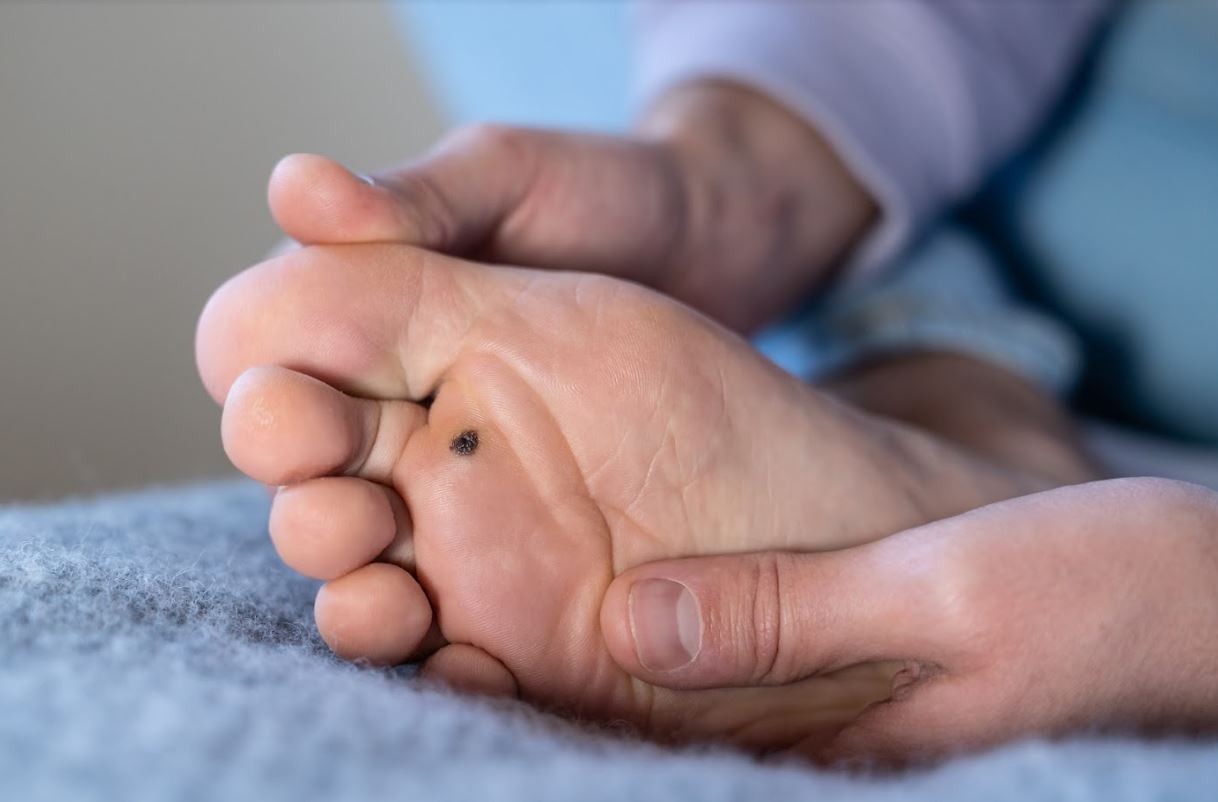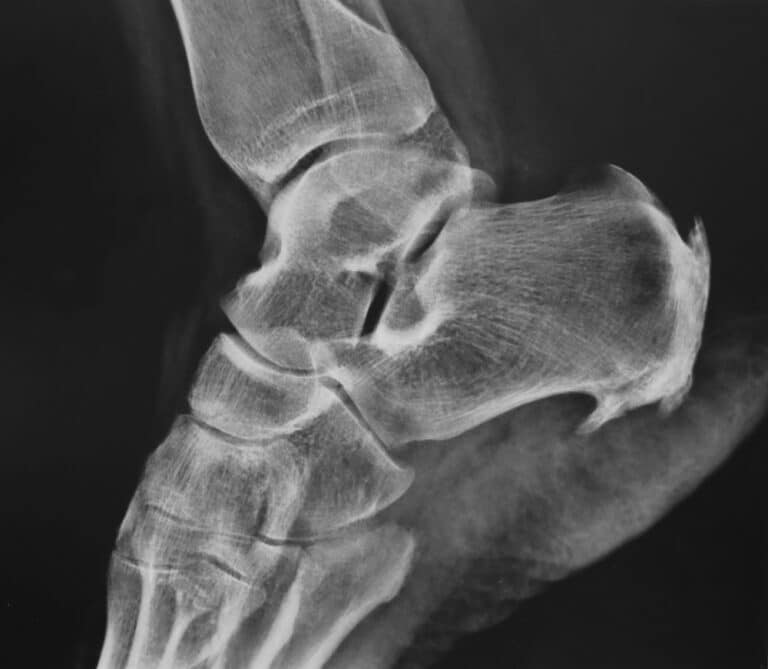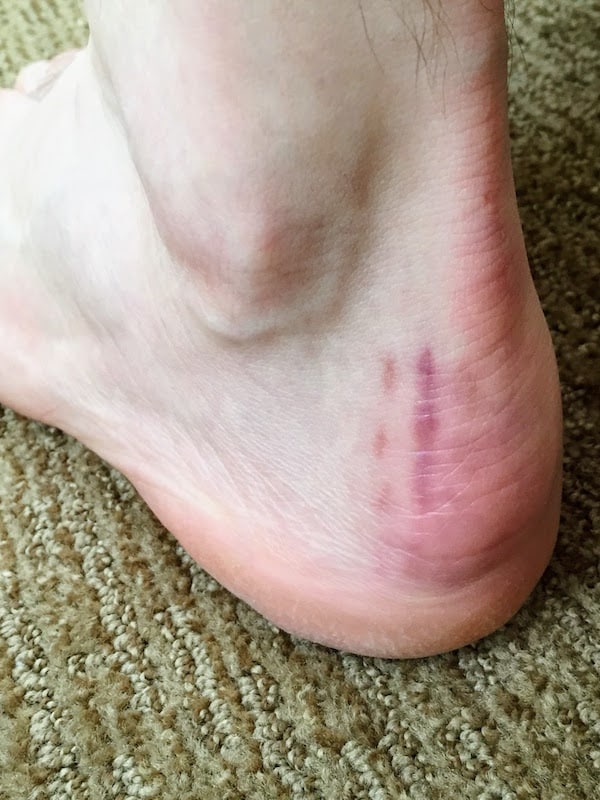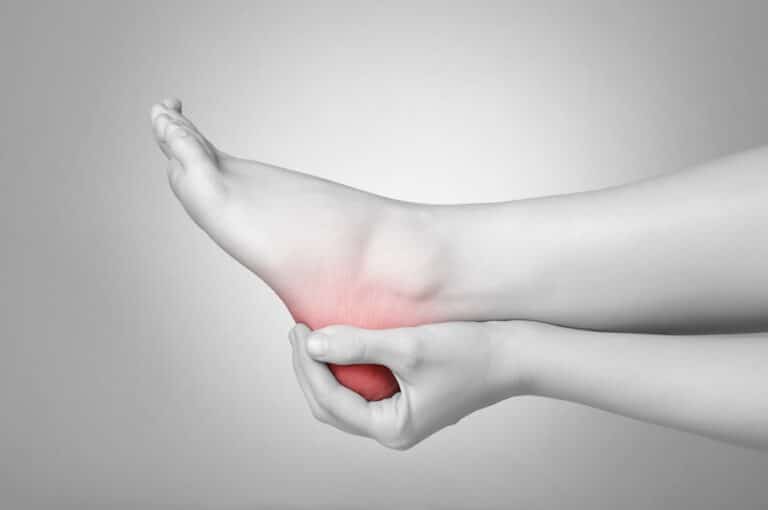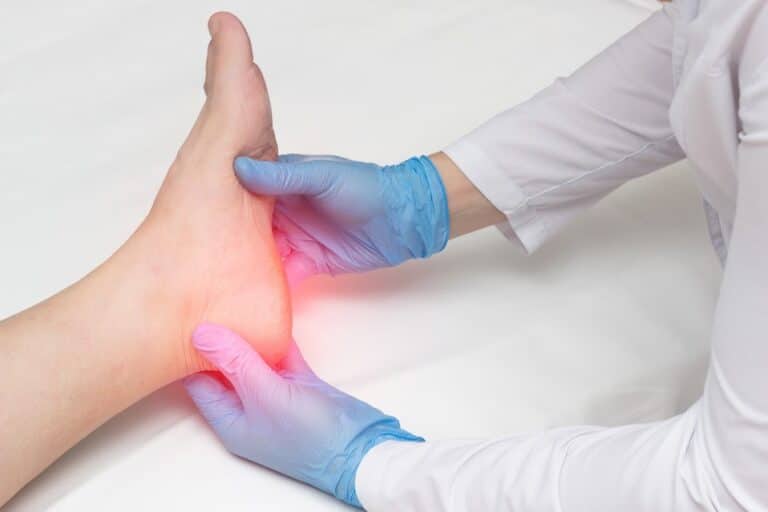Corns are usually defined as thickened skin layers formed as protection from pressure and friction. Although usually yellow, some other colors may develop – and that’s how a black corn on foot forms. If you wish to know what this condition is, how you can treat it, and whether it demands corn removal surgery, make sure to read on.
What Causes Black Corn on Foot?
Foot corns are usually bumps or small parts of hardened skin caused by pressure or irritation the skin suffers during daily activities. If the irritation continues for a while, you may notice discoloration under the corn – it can be red, brown, or black. This change of color is caused by bleeding that has occurred between hardened and normal skin. If the condition is not treated in time, normal and thickened skin can even separate and increase the chance of infection. Therefore, if you spot a black corn, know that it’s time to start with the right treatment methods.
How Do You Treat Black Corn on Foot?
The black corn should be treated as any other foot corn, which means you can choose to visit a reliable corn removal surgery clinic or try the in-home treatment methods. Which removal technique a person should choose depends on each specific situation.
You Can Reduce Thickened Skin
If you wish to use the trimming technique, you first need to soak the affected foot in a bowl of water so the skin can soften. Then, you should rub the corn with a pumice stone in one direction – just make sure you don’t remove too much of the dead skin at once. Afterward, use a foot moisturizing product to keep your skin hydrated, and repeat the process regularly.
You can also use gels, ointments, or pads that contain salicylic acid. It’s one of the most effective ways of deep corn removal, especially when combined with a pumice stone for trimming away the thickened skin. However, keep in mind that this ingredient can harm healthy skin, so follow the instructions and use it with caution.
Change Your Footwear
One of the most common causes of corn development is unstable footwear. Shoes that are too loose or too tight are responsible for the pressure and irritation your skin experiences, which results in skin hardening. However, once you remove the cause of corn formation, there is a chance the skin will go back to normal – especially if you also use the treatment method mentioned above.
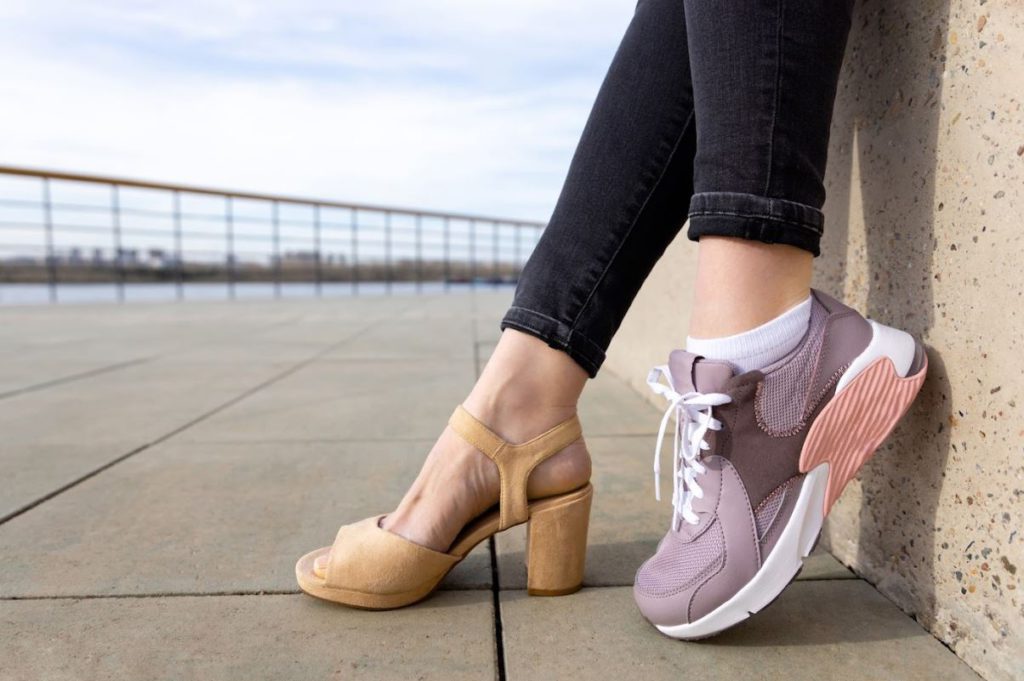
When Should You Seek Medical Help?
If the corn makes your daily activities difficult by causing you discomfort or pain, then seeking medical help may be the best option. At the same time, if you have a condition that puts you at a higher risk of infection (such as diabetes), make sure you visit a doctor before you try any in-home treatment.
Additionally, if the black corn on your foot has occurred as a result of some other foot deformity, such as, for example, a hammer toe or bunion, it’s best to look for experts that are able to correct the initial deformity and stop the corn from reoccurring.
Schedule an Appointment With Your Surgeon in Miami and Get Rid of Corns
Foot corns are not only an aesthetic issue but often cause pain during simple daily activities and demand surgical treatment. If you’re dealing with a black corn, feel free to consult our team of experts at Luxe Foot Surgery. We will be able to assess your situation correctly, advise you on your next course of action, and guide you every step of the way. Therefore, don’t hesitate to contact us online or over the phone and book your free consultation as soon as possible.
FAQ
What Does It Mean When Your Corn Is Black?
If you notice the corn on your foot has changed to black, it can be the sign of bleeding that has occurred between normal and thickened skin – and it means that you need to treat it sooner rather than later.
How Do You Get Rid of Black Corns on Feet?
You can try some common home treatments for foot corns, or you can go with a corn removal surgery and get rid of thickened skin in no time.
Do Corns Have a Black Centre?
Corns can have a black center if there is bleeding between hardened and normal skin. If you notice a black spot, make sure you start with corn removal treatment as soon as possible.
References
- Harvard Health Publishing. (n.d.). Corns and Calluses. [online] Available at: https://www.health.harvard.edu/pain/calluses-and-corns [Accessed 10 Feb 2023].
- Mayo Clinic. (n.d.). Corns and Calluses. [online] Available at: https://www.mayoclinic.org/diseases-conditions/corns-and-calluses/symptoms-causes/syc-20355946 [Accessed 10 Feb 2023].
